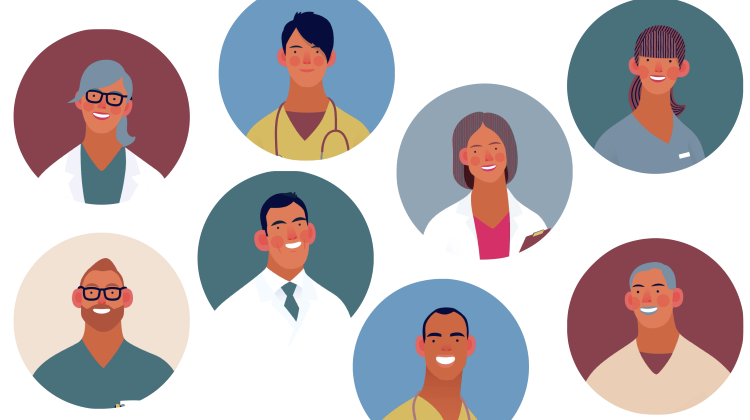Thursday, February 11, 2021
|

Current research suggests that Medical Group Visits (MGVs) address the well-known triple aim: improving the experience of care, improving the health of populations, and reducing per capita costs. But what about the quadruple aim, which adds improved clinician experience?
Clinician burnout, especially during the pandemic, is a serious concern for US healthcare delivery. Talented and dedicated clinicians are leaving the profession and there is mounting proof that when clinicians are over-stressed there are negative consequences for patient care.
Medical Group Visits (MGVs), sometimes referred to as shared medical appointments, are not only about patient education. MGVs are often constructed with goals focused on a chronic condition such as diabetes, depression, or pain. This is a model of patient care that includes: direct patient care, increased time with clinicians, and social support by peers. Evidence is mounting that this care model, which combines social support and self-management skills, is of real benefit to patients and clinicians.
In a recently published article, I explored the claims linking MGVs and the quadruple aim with my colleague, Ariana Thompson Lastad, PhD of the Osher Center for Integrative Medicine at the University of California San Francisco School of Medicine. After a review of the literature, we determined that there are three main ways that MGVs improve clinician well-being: extended time with patients, increased opportunities to provide team-based care, and the understanding of patients’ social context and addressing social determinants of health.
Medical Group Visits allow for time to see and observe patients in a much broader and more social context while continuing to provide focused medical care for their chronic conditions. Patients become more than “my 2 o’clock” as they are cared for within the group, they can emerge as individuals over the hour or even two that they are all part of the group.
The interdisciplinary team benefits the MGV. The activities of the group ensure that patient care moves beyond the clinician to a much wider team. Depending on the health care needs of the particular group, clinicians find their work supported and extended by behavioral health providers, dieticians, exercise leaders, nurses, social workers—all working together to provide care and teach self-care to patients.
Because primary care practices see the greatest range of patients, it is also likely that a substantial number of those patients who are dealing with chronic conditions are also facing life challenges, loneliness, and isolation as well as housing and food insecurity. When an effective care team facilitates the group, however, and patients are surrounded by their peers, new dimensions of care and healing can emerge. Anyone on the team can help to solve problems that are associated with the social determinants of health. Peer interactions help resolve the loneliness and social isolation that exacerbates depression and other illnesses. The burden of being the “white coat” in the room can lift. Practitioners can witness healthy change as their patients interact, learn, and grow. And this can be game-changing for clinicians who are themselves stressed.
I hope you will join me and another of my MGV colleagues, Dr. Jeff Geller, as we teach healthcare professionals how to launch and maintain an integrated Medical Group Visit program. Read more about this online course Here.